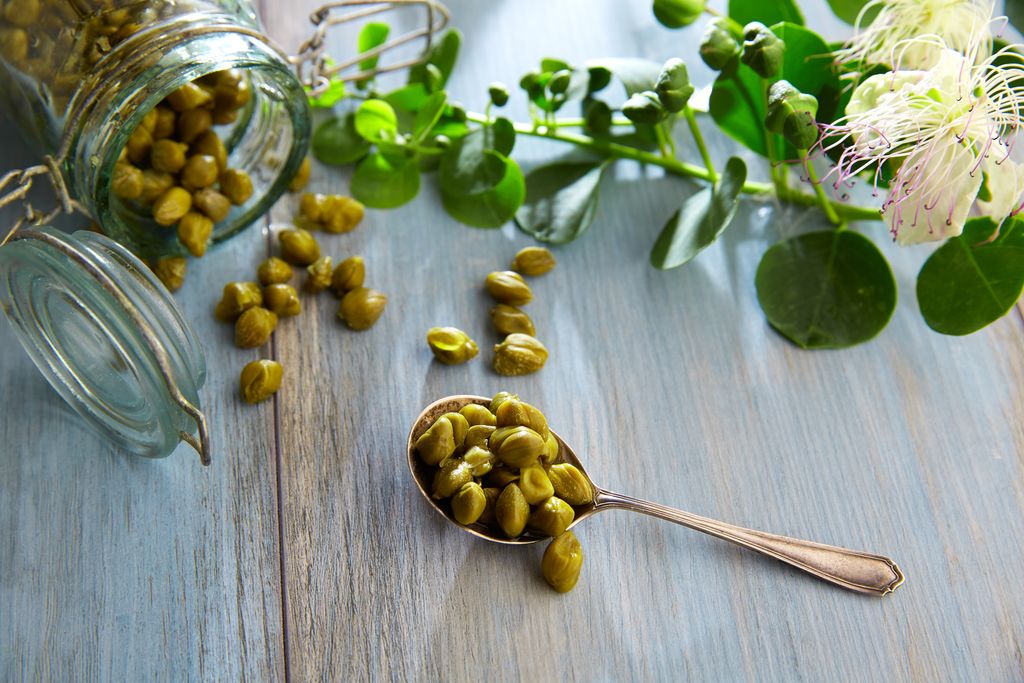Capers are the edible part of the caper plant, they are widespread in Mediterranean areas and protagonists of numerous recipes of Italian cuisine, especially Sicilian: in Sicily, they are recognized as PAT (Traditional Agricultural Product) and the Pantelleria caper has obtained the PGI denomination. It is also possible to consume the fruits of the caper but it is the flower bud that is the most appreciated and also the most common: these are small round spheres, of a dull green colour, extremely sapid and tasty, capable to instantly change the taste of a recipe.
The conservation of capers occurs mainly in two ways:
- capers in salt or in brine: the capers are left for several days in jars with coarse salt or water and salt solutions;
- capers in vinegar: in this type of preserves the capers remain immersed in the vinegar to macerate.
Capers in the kitchen: the most common recipes
Before using the capers it is good to leave them to soak for twenty minutes in the case of the capers in salt or to rinse them in the case of the pickled capers. As for recipes with capers, you are spoiled for choice: from first courses such as pasta with tuna, capers and olives to spaghetti alla puttanesca, to side dishes such as rolls and ricotta and tuna meatballs. They are one of the fundamental ingredients to give flavour to the caponata and there is never a shortage of roasted fish dishes and stuffed squid. Finally, their decorative use should not be forgotten, as in the case of veal with tuna sauce or crostini and bruschetta.
Nutritional values of capers
Capers are low in calories: 100 grams contain about 23 calories. They are rich in beta-carotene and flavonoids, with antioxidant properties, and vitamins A, C and K.
